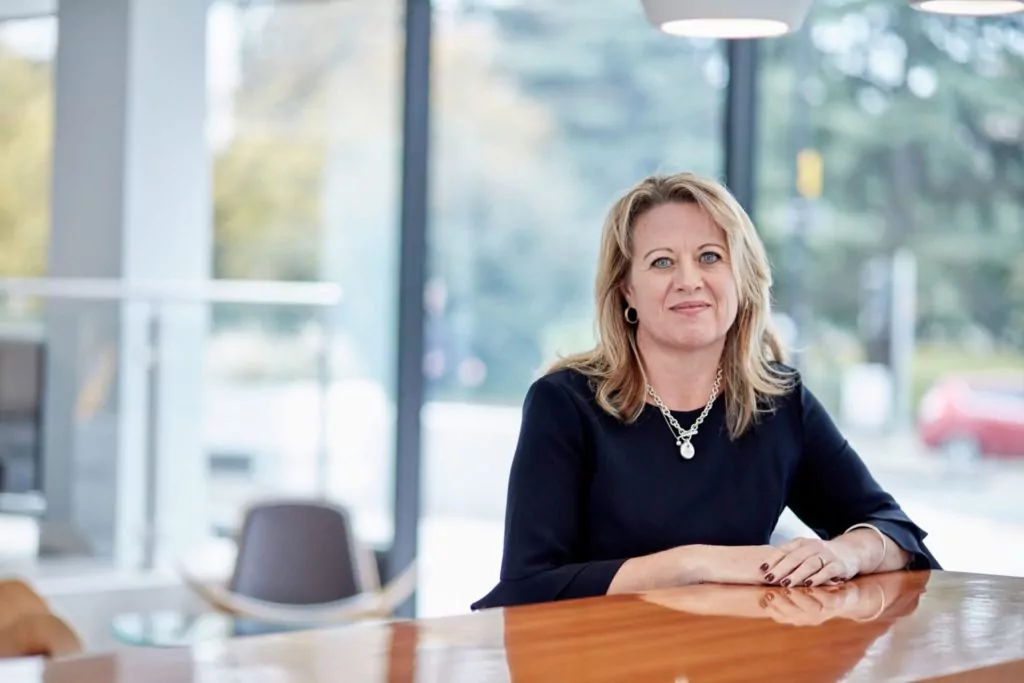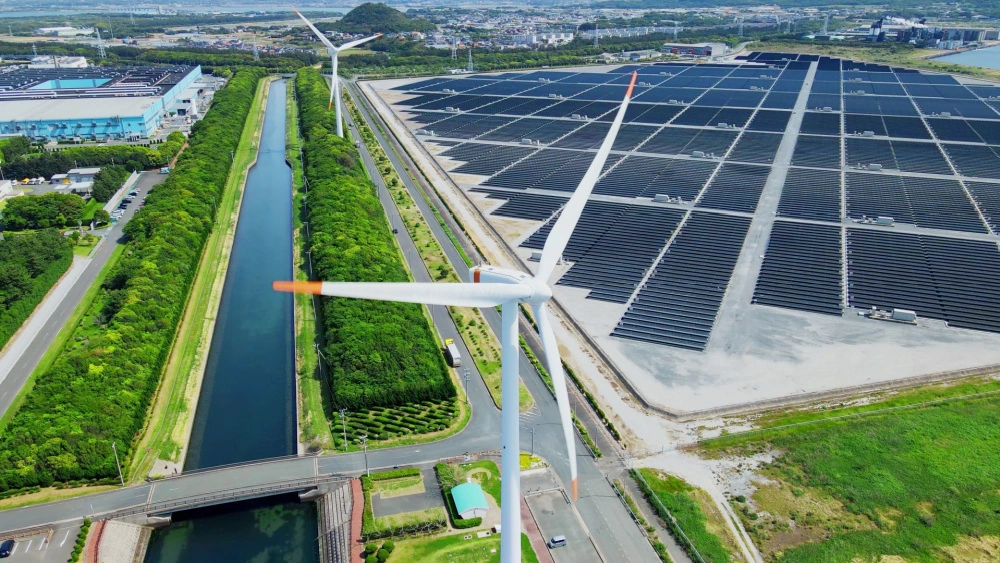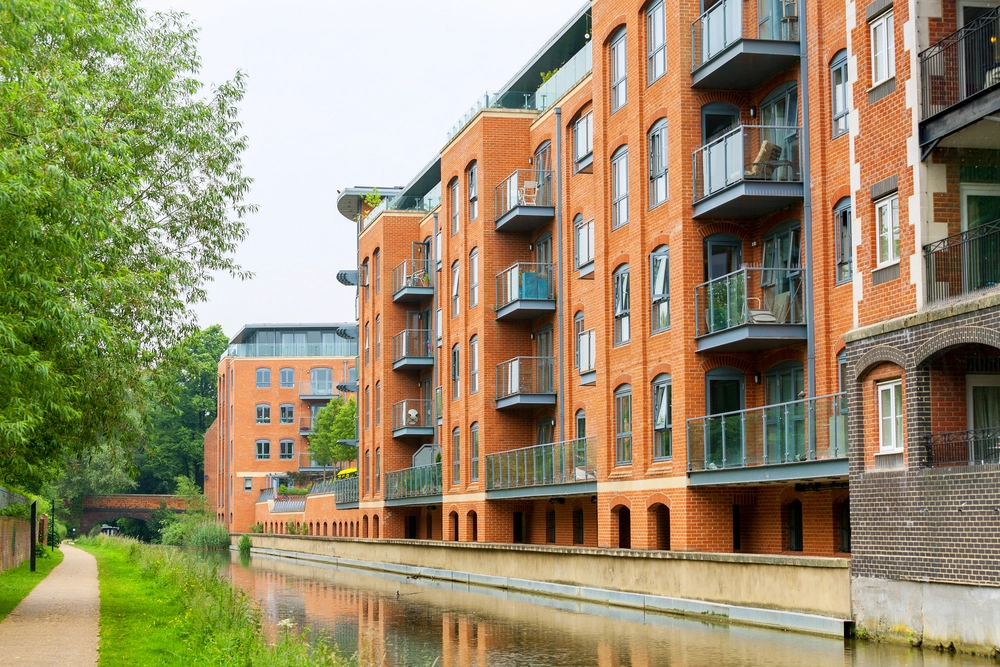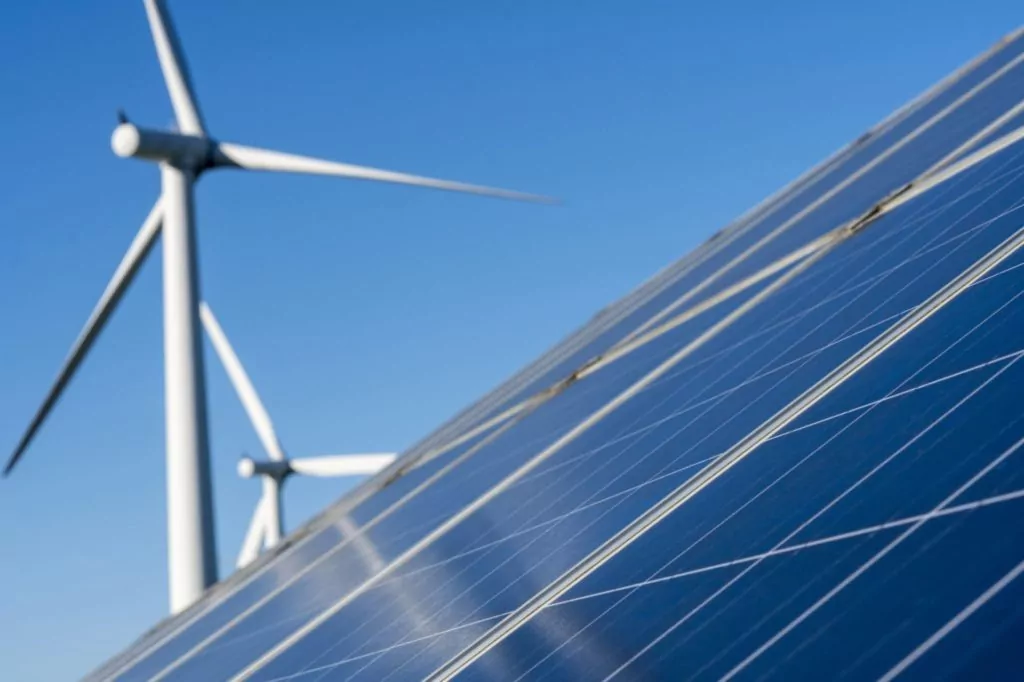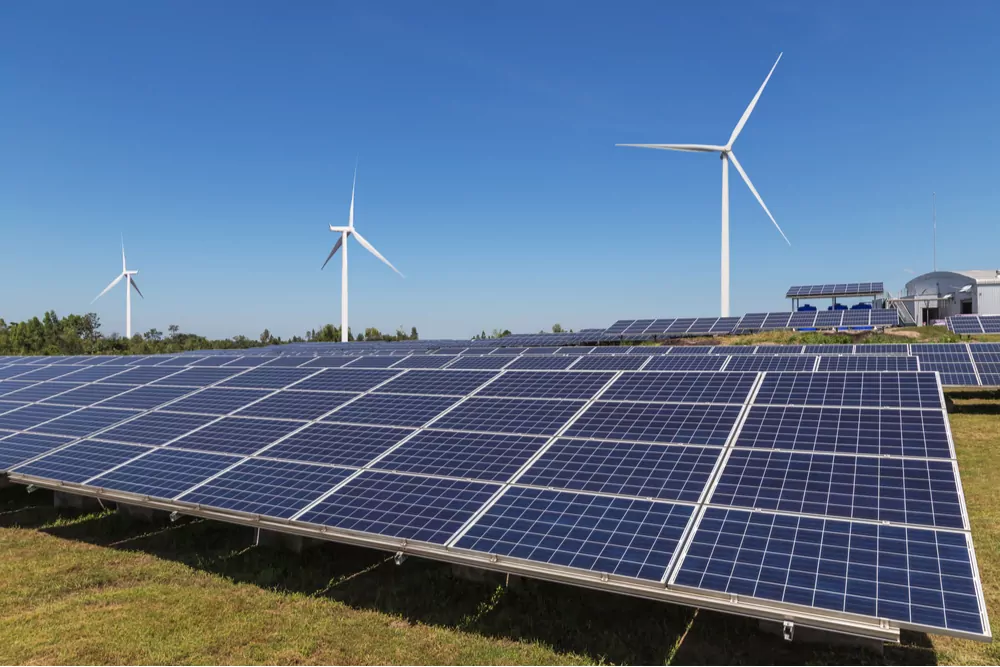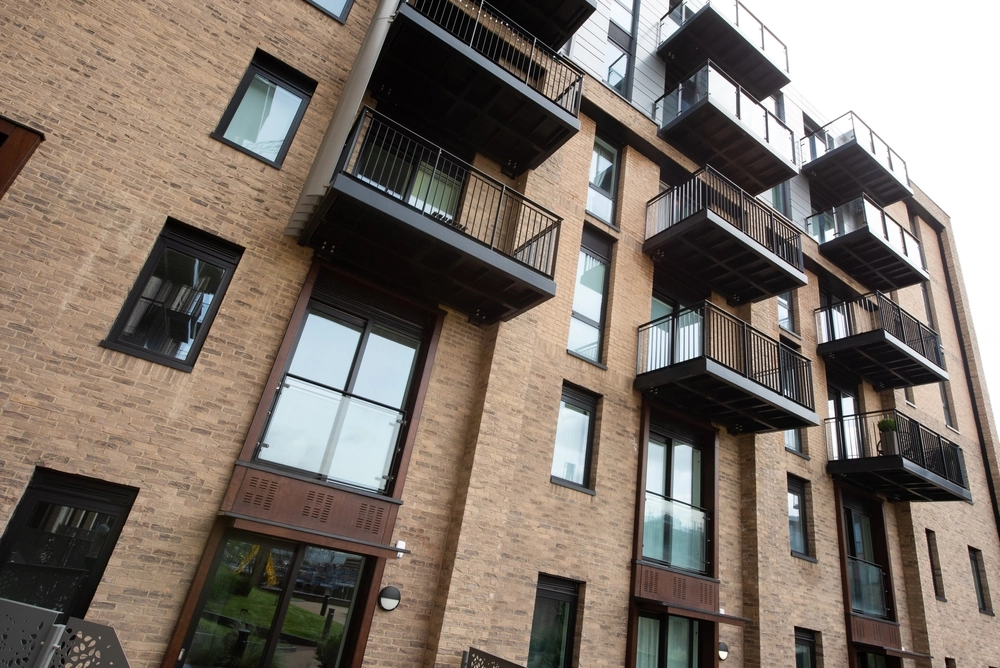

What changes await residential developers, building owners and housing associations who are involved in heat networks in 2025 and beyond, and how can you best prepare for these?
In November 2024, Ofgem and DESNZ launched two new consultations relevant to heat networks.
We have summarised the position in a series of articles, which can be accessed below:
- Regulating for the heat networks of the future
- Ofgem Consultation: Heat networks regulation: authorisation and regulatory oversight
- Heat networks: Regulating for the consumers
In this article, we take a closer look at what the proposed measures would mean for housing associations, residential developers, and building owners.
Different types of heat networks
Communal heat network: Most heat networks currently in operation in the UK take the form of 'communal heat networks'. A communal heat network consists of a network of pipes (and associated infrastructure) that provides heating, cooling or hot water to a single building that is divided into separate premises. For instance, a block of flats, where occupiers are provided with heating to their individual units would constitute a communal heat network for the purposes of the Energy Act 2023. On the contrary, a multi-occupancy dwelling where there are no separate premises, would not constitute a communal heat network for the purposes of the legislation.
District heat network: A district heat network is defined as a network by which heating, cooling or hot water is supplied to two or more buildings or persons within those buildings. In its Heat Networks Market Overview published in July 2024, the Government shone a light on four district heat networks that have either been developed or are under development in the UK (in Liverpool, Bristol, Gateshead and London). In the examples provided, these networks supply heat to a mix of commercial and residential buildings.
The examples demonstrate that a district heat network could have multiple heat offtakers, be it industrial units or individual communal networks and residential homes. There could be multiple networks in operation, a district heat network with an owner and/or operator and one or more communal networks with their own owners and/or operators.
Why does it matter to you?
Heat networks come in different forms and sizes and the more complex their set-up is the more parties are likely to be involved. Not all parties involved in a heat network will come within the scope of the proposed legislation though. Broadly speaking, the Government intends to regulate those entities whose activities will have an impact on the service received by end-customers. These activities are the 'operation' of a heat network and the 'supply' of heat, cooling or hot water through a regulated heat network.
When will a housing association, residential developer or building owner undertake a regulated activity?
Communal heat network
In a communal heat network, the building owner (which in the context of social housing, could take the form of a housing association) will typically be responsible for the 'day to day operation and maintenance of the heat network and its infrastructure and as such would be classed as a 'heat operator'. It is also likely that the same entity will be responsible for the supply of heat, hot water or cooling through the network through a supply contract or deemed contract (for instance, as part of a tenancy agreement). If that is the case, such entity would also be classed as a 'heat supplier' for the purposes of the legislation.
If the building owner has subcontracted such activities to a third party, such that the third party acquires 'significant control over network infrastructure' and can make decisions regarding repair, maintenance and further upgrades to the network, it will be the third party that will be classed as a 'heat operator'. Similarly, where the building owner undertakes the supply of heat, hot water or cooling through a separate legal entity, it will be the entity that contracts with the end customer that will be classed as a 'heat supplier'.
Whilst it is possible for different entities to fulfil the role of 'heat operator' and 'heat supplier' in the same communal network, this could create difficulties in practice. A 'heat supplier' will be relying on the good operation of the network to ensure that it is possible for them to discharge their duties towards their customers, including in ensuring security of supply. Having the same entity discharge both regulated functions, would provide a seamless service to end customers and would avoid the need for complex contractual arrangements between different, unrelated entities. In addition, Ofgem's preference is to have regulatory oversight over a single entity.
A developer may fulfil the role of 'heat operator' and/or 'heat supplier' on a temporary basis, until such time as all units in a particular building have been sold and a third party has been appointed to take on responsibility of the communal heat network. This could either be the management company for the building (to which the ownership of the heat network will be transferred) or a third-party entity that is appointed by the management company to take the responsibility for the day-to-day operation of the network.
District heat network
In a scenario where a residential building connects to a district heat network, it is anticipated that the owner of the network, typically an energy service company (ESCo) will fulfil the role of 'heat operator' for the primary heating network (i.e. the part of the network from the energy centre to the residential building).
Responsibility for the secondary heating network is less clear-cut. In some instances, the ESCo will also fulfil the role of 'heat operator' and 'heat supplier' for the secondary heating network (i.e. the part of the network that is located inside the residential building and takes the heat, hot water or cooling to the individual premises within the building). However, it is possible, subject to the specific arrangements between the owner of the network and the building owner, for this role to be undertaken by the building owner.
It is in instances such as these that Ofgem wishes to adopt a 'single authorisation approach' whereby either a single entity is appointed as a responsible entity vis-à-vis Ofgem (preferrable option) or where this is not possible, each 'heat operator' maintains their authorisation, but a single entity is nominated as 'representative of the particular heat network in front of Ofgem.
What does it all mean in practice?
If a housing association, building owner or residential developer is undertaking a regulated activity in connection with a regulated heat network on or before 1 April 2025, such entity shall be deemed authorised with effect from that date in respect of the network or networks to which the regulated activity or activities relate to. The same would apply for any housing association, building owner or residential developer that commences a regulated activity between 1 April 2025 and 26 January 2027.
It is proposed that where the same entity acts as both a 'heat operator' and a 'heat supplier' in relation to one or multiple networks, a single authorisation will be issued to which all relevant activities and networks will be listed. As noted above, this should be fairly straightforward in so far as communal heat networks are concerned; less so when it comes to district heat networks.
Entities that are deemed authorised in respect of a regulated heat network will be bound by the general authorisation conditions from 27 January 2026. Ofgem and DESNZ are currently consulting on the content of such authorisation conditions and the latest draft of those can be found here.
Housing associations, building owners or residential developers that commence a regulated activity on or after 27 January 2027 will be required to apply to Ofgem for authorisation. This also apply to entities that are deemed authorised to the extent that they, on or after 27 January 2027, undertake a new regulated activity in respect of an existing network or the same regulated activity as the one for which they are authorised in respect of a new network. Failure to obtain an authorisation shall be a criminal offence and Ofgem shall take appropriate enforcement action.
The consultation proposals provide some information on the proposed registration process (to be followed up to and including 26 January 2027) and the proposed authorisation process (to be followed from 27 January 2027 onwards), but these will be further developed through subsequent regulations and guidance. The expectation is that both processes will be completed via an online portal.
What next?
The proposals are open for consultation until 31 January 2025. Whilst the proposals are under consultation and there is uncertainty as to their final form, the message from Government (both former and current) has been consistent and as such we do not anticipate any material deviations. Arguably there are certain areas that need further attention, for instance, the applicability of certain provisions to local authorities and the social housing sector, but again, the Government has clearly set out its minded-to position in the consultation documents.
What do you need to do now?
- Understand whether you are involved in the operation of a heat network or the supply of heat, cooling or hot water through a heat network that falls within the scope of the legislation.
- Understand the process of registering the relevant activities with Ofgem and the timeframe for doing so.
- Consider the proposed draft authorisation conditions (as these will automatically apply to all regulated activities for heat networks that are within the scope of the legislation).
- Understand the process of obtaining authorisation in respect of new activities or new heat networks within the scope of the legislation.
- Understand the overall timeframe for the development of a regulated market for heat networks and prepare for the proposed changes.
- Engage with the proposals under consultation.
We are able to support clients with the review of specific projects and existing contractual arrangements, with the view to ensuring that these are as aligned to the proposals put forward for consultation as much as possible. If you are interested in receiving more tailored advice on this topic, please do get in touch with a member of the team below.




